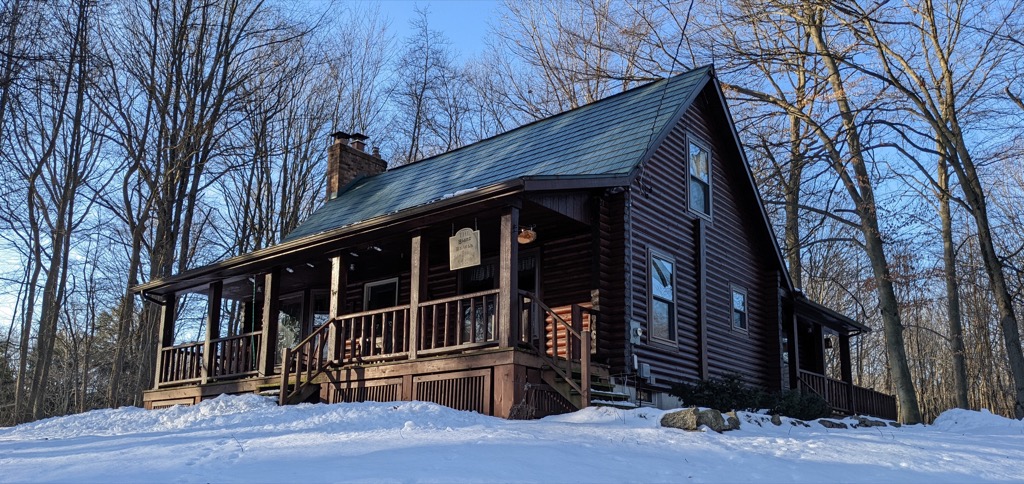This post may contain affiliate links.* As an Amazon Associate I earn from qualifying purchases. Click here to read our affiliate policy.
Estimated reading time: 10 minutes

Many of us have enjoyed the taste of wild game, from venison to rabbit and even squirrel. It’s a good bet that few of us have spent any time pondering mice or rats for dinner. That’s no surprise, but in many countries and cultures, mice and rats are a regular part of the menu.
Why Would Anyone Eat a Mouse or Rat?
A lot has to do with the culture and conditions in a society. In many parts of Asia and Africa, eating mice and rats is both accepted and routine. For many people in those areas, mice and rats are part of their regular cuisine, so there’s no hesitation when they show up at a meal.
Article continues below.
There are also numerous examples of societies in turmoil due to civil war, drought, or economic collapse resulting in desperate efforts to find the most basic nutrition. In that regard, mice and rats define that basic nutrition, particularly as a source of protein.
Unmentionable Cuisine
There’s a book titled “Unmentionable Cuisine.” It was written by Calvin W. Schwabe, and he covers the many cultures and occasions when mice and rats made the local menu. He also details mice and rat recipes popular in various countries, and we’ll cover a few of those as well.
Are Mice and Rats Safe to Eat?
Actually, no. A lot depends on their environment, diet, and the prevalence of any endemic diseases affecting the animals. Typically, mice and rats in the wild present the healthiest option from a food safety standpoint.
It’s the rats occupying sewers, subways, and alleys in cities that present the greatest threat when consumed. And contrary to popular belief, rats did not spread the black plague in Europe during the dark ages. Humans did.
Regardless, many people, when confronted with starvation, have been less than particular about the quality of their rat meat. Times of war or revolution often present the greatest challenges, resulting in the indiscriminate consumption of rodents.
There are also references to Pacific Islanders eating mice and rats simply because food sources are so limited on desert islands.
Is One Better Than the Other?
Many people believe that mice are preferable to rats as a food source. This occurs largely in Africa where rats are considered dirty, while mice are believed to be both safer to eat and better tasting.
Conversely, Asian cultures prefer rats over mice due to their larger size and local traditions. In India, there’s actually a holiday on March 7th where rats are consumed as part of a traditional feast…guts and all.
Rodentia 101
Mice and rats are members of the family rodentia. This is a large category of animals that includes mice, rats, voles, moles, squirrels, chipmunks, porcupines, hamsters, beavers, lemmings, muskrats, and guinea pigs….
Continue reading here








